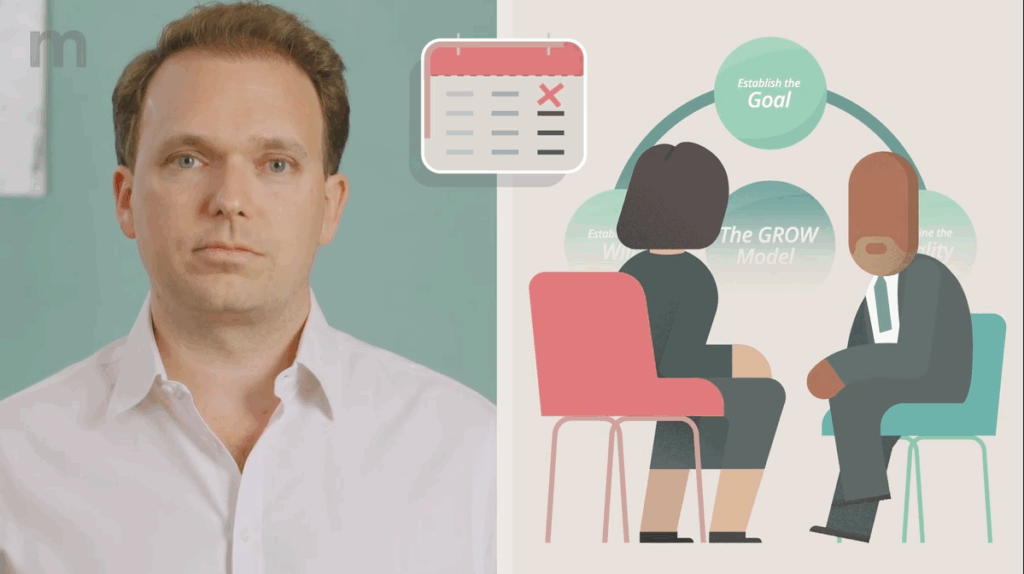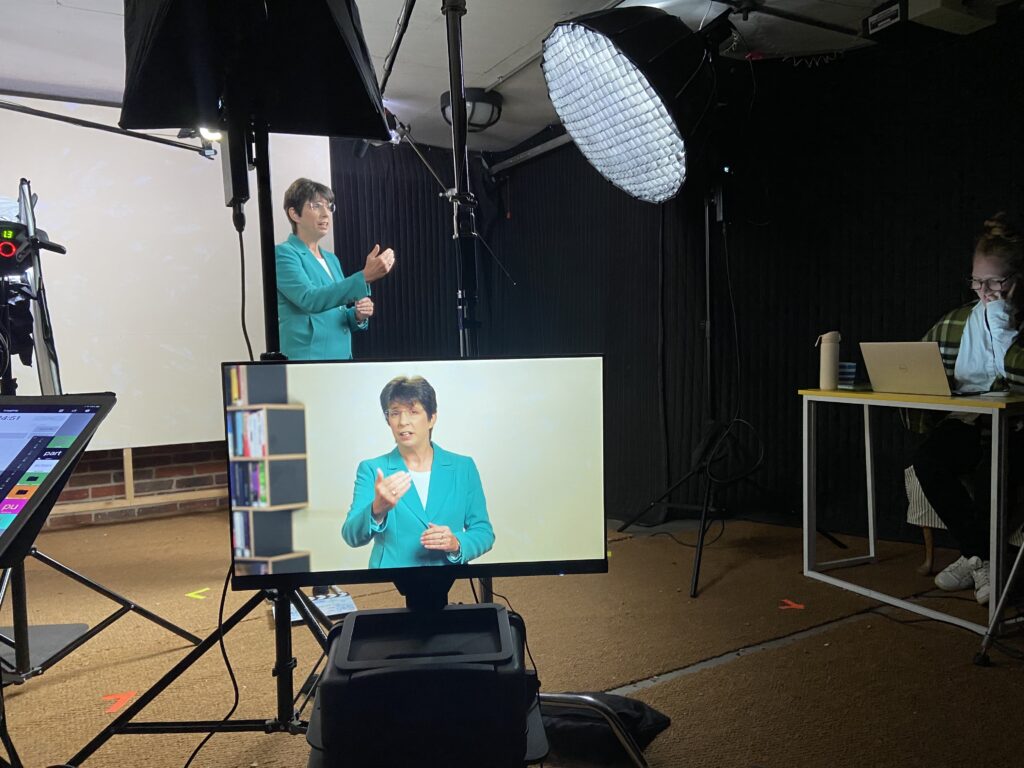The making of a Mindful Education course: part 2
This article builds on part 1 of our series looking into The making of a Mindful Education course, which looks at the academic principles behind our course development.
In this, part 2, we explore how this academic theory extends to the creative process, resulting in a highly engaging finished product that is designed to help learners achieve outstanding results.
The academic principles behind our creative process
The world of education is constantly evolving, and the last ten years have seen rapid changes to the adult learning landscape.
Streamed media is set to overtake traditional broadcasting in the near future and people naturally expect to be able to study in the same flexible way. Learners are no longer content with a one-size-fits-all approach: they want to acquire new skills and qualifications in a way that meets expectations set by the quality and on-demand availability of the media we’re surrounded by in our everyday lives.
That’s the challenge that Mindful Education’s Managing Director, Mark McKenna, set out to address when he founded the company in 2015:
“If the film and TV industry could spend billions on high-quality media, and the technology to make it, why wasn’t that coming to education? It was pretty clear that we could make academic content a lot more interesting through video and illustration. That’s what we know learners want.”
Since then, the Mindful Education team has been working to create blended learning courses that are visually engaging, built on sound academic principles and offer the flexibility that adult learners need. Our approach is a dynamic blend of online lessons and tutor-led sessions: a model that we call ‘Online and On Campus’.
It’s a method that combines the best of both worlds – offering learners the flexibility to study where and when they choose, while also delivering the benefits of face-to-face classroom teaching.
Our results
Our track record speaks for itself: 80% of our learners who complete their qualifications achieve a merit or distinction, with results consistently above awarding bodies’ published averages.
For every unit, on every AAT qualification we deliver, average results achieved by Mindful Education learners were above AAT’s published worldwide averages.
[2024-25 results, collated in October 2025 from 49 partners, with an average of 253 sittings per unit.]
Our super-blend of media-rich content, academic expertise and cutting-edge technology is carefully crafted by a team of experts across our academic, creative, production and digital teams, who come together to create courses that don’t just enable learners to pass assessments – they give them the skills they need to excel in their careers.
From script to screen
Collaborative efforts across our academic, filmmaking, production, motion graphics, and technology teams transform academic expertise into engaging online content.
Scriptwriting and pre-production
The process begins with a detailed look at the awarding organisation’s course specification. Our programmes of learning turn academic content into accessible and dynamic scripts, using examples and scenarios to bring theory to life. Our team of editors help to ensure that information is conveyed in a tone and structure suitable for a highly engaging video format, which will be enhanced by diverse VLE activities.
We focus on technical accuracy, scaffolding, clarity and flow, and ensure that we use dual coding in an effective and engaging way. Our scripts are concise yet compelling narratives that retain the user’s attention through tone, with visual support and interactive elements added in post-production.

Filming and editing
Once the script is approved and rehearsals are complete, we move to our dedicated studio facilities where our production team handles all aspects of filming, ensuring professional-standard audio and lighting quality.
Once filming wraps, the raw footage is carefully edited together, creating the basis of the finished product. Supporting elements are then created:
- Motion graphics and illustrations: as the academic delivers the course content to camera, motion graphics and illustrations are added to help learners visualise concepts, particularly those that are abstract or challenging.
- Subtitles and transcripts: these tools not only enhance learner engagement, but also boost accessibility.

Quality assurance and regular reviews
Before any course is released to learners, it undergoes meticulous moderation and quality assurance (QA) processes to ensure accuracy, consistency, user experience and correct spelling and grammar.
This dedication to quality throughout the course creation process and beyond means that when a learner accesses our VLE, they can guarantee a professional and consistent learning experience.
“We're not just filming lectures; we're producing media. From the moment a script is created, to the final QA, our team of filmmakers, academics, and designers ensure that our course content is consistently captivating and pedagogically sound.”
The power of visuals
Working with the knowledge that learners are accustomed to high-quality media in their everyday lives, we match this expectation by ensuring that our courses are not only academically robust, but also visually dynamic – making online lessons easily digestible and enjoyable, designed to boost engagement and retain information.
This is where our in-house creative team comes in, and the strategic use of motion graphics and illustration becomes a powerful pedagogical tool.
Collaboration to clarify concepts
The primary function of our motion graphics is to illustrate abstract or difficult concepts. This is achieved through close collaboration between creative and academic team members throughout the production process.
For example:
- Instead of simply describing a complex financial transaction, a motion graphic can visually map the flow of information through the accounting system.
- Instead of reading about a management model, an illustration can break down the relationships between components.

This combination significantly enhances student focus and information retention: content isn’t just taught, it’s shown.
“We act as visual translators. Working with our colleagues in the academic and production teams, we use the scripts as a basis to create motion graphics and illustrations which are easy for the learner to process. Collaborating with the subject experts ensures the final visuals are clear, accurate and engaging.”
Creative consistency
Our creative team has developed a clear, professional visual identity for every subject area and level of study, which is distinct from our company brand. This is applied consistently across every touchpoint throughout the course, providing a familiar environment for online study.
The use of visuals that bring the content to life encourages learners to move past passive consumption and actively engage with their course. This creative attention is a key component of our award-winning courses and directly contributes to our outstanding achievement rates.
Creativity meets pedagogy
This insight into the academic principles underpinning our creative process shows how, when done right, high-quality, media-rich learning can transform the way education is consumed.
The work of our creative and production teams goes far beyond basic video editing: they are using academic theory to translate abstract concepts into visual content. Every shot, motion graphic or illustration is carefully designed to boost learner engagement and ensure that our course content is not just passively consumed but actively retained.
This level of quality can only be achieved through the way we build our courses. Using an in-house structure rather than outsourcing to agencies means that we can ensure collaboration and consistency throughout our course development, underpinned by academic expertise and researched pedagogical theory. This unique approach ensures that the visual presentation of our content is always accurate, current and perfectly aligned with the learning outcomes.
Ultimately the high standard we set for production quality is a strategic investment in learner success. The final, polished result is a professional course that meets the high expectations of busy adult learners. By combining academic expertise with the storytelling power of modern media, we ensure that our partners and learners benefit from an outstanding educational experience.
